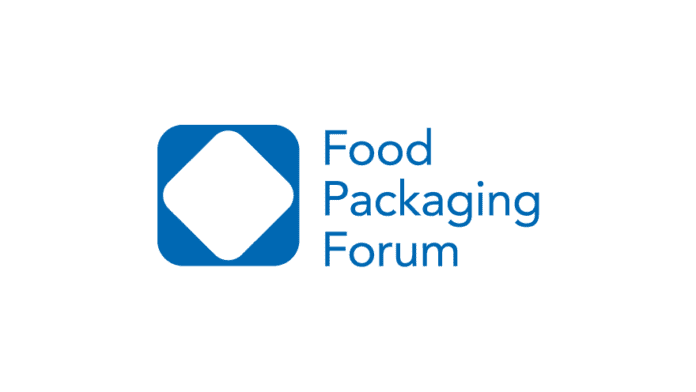The U.S. Plastics Pact released its annual impact report on December 17, 2024, detailing the progress and challenges faced in addressing plastic pollution over the past year. This initiative, established by the Ellen MacArthur Foundation in collaboration with various stakeholders from industry, civil society, and academia, aims to foster a more sustainable economy for plastics in the United States. As of November 30, 2024, the U.S. Plastics Pact boasts a membership of 130 organizations, including brands, retailers, trade associations, recyclers, government agencies, nonprofit organizations, and academic institutions.
In 2020, the consortium set forth four key targets to achieve by 2025, which include eliminating unnecessary or problematic plastic packaging, ensuring that all plastic packaging introduced by pact members is reusable, recyclable, or compostable, increasing the recycling or composting of plastic packaging to 50%, and reaching an average of 30% recycled content or responsibly sourced biobased content in plastic packaging.
The 2024 impact report outlined the progress made towards these targets: 22% of pact members reported no sales of items from the list of unnecessary materials, 50% of plastic packaging introduced into the market by members met the reusable, recyclable, or compostable criteria, the national U.S. recycling rate stood at 13.3%, and the average post-consumer recycled content or responsibly sourced biobased content in plastic packaging was at 11%.
Despite the efforts made, challenges remain in meeting the 2025 targets, as highlighted in the Ellen MacArthur Foundation’s previous reports. Consequently, the U.S. Plastics Pact is transitioning to its updated “Roadmap 2.0,” which extends the existing targets until 2030 and introduces a new target focused on identifying viable reusable packaging systems and scaling their implementation to reduce the use of virgin plastics by 2030.
The U.S. Plastics Pact’s commitment to addressing plastic pollution and promoting sustainability in the plastics industry is evident in its ongoing efforts and willingness to adapt to challenges. By extending its targets and introducing new initiatives, the Pact aims to continue making strides towards a more sustainable future for plastics in the United States.
For more information, you can refer to the U.S. Pact 2023-24 Impact Report published on the U.S. Plastics Pact website. Additional resources and insights on the U.S. Plastics Pact and related topics can be found in the references provided in this article.
Overall, the U.S. Plastics Pact’s dedication to driving positive change in the industry and its willingness to evolve and adapt to challenges demonstrate a commitment to sustainability and a better future for plastics in the United States.




